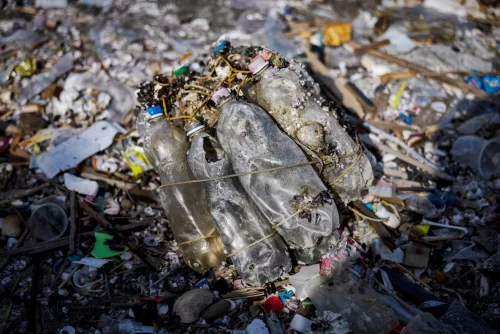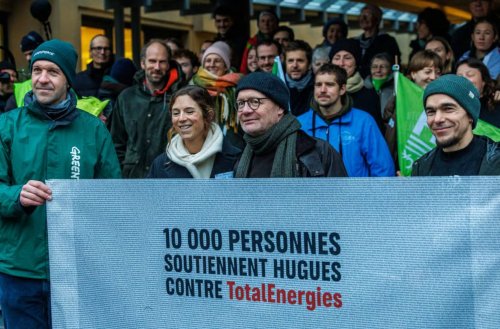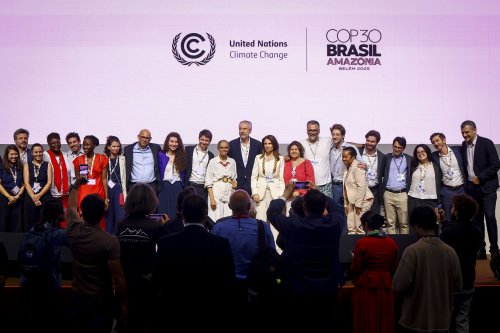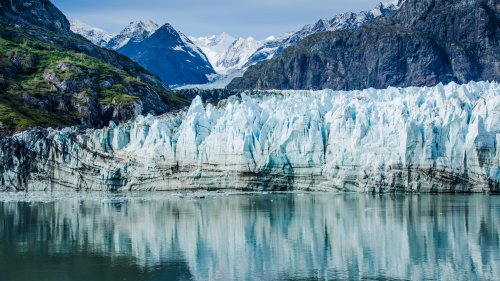EU environment ministers plan to set a new target of reducing greenhouse gas emissions by 90% by 2040.
This was reported by the European Council press service on its official website.
The changes concern a 90% reduction in greenhouse gas emissions for European Union countries and signatory countries by 2040 compared to 1990 levels. At the meeting, the European Commission also outlined the key elements and conditions that it should reflect in its legislative proposals on greenhouse gas emissions after 2030 so that the Paris Agreement member states can achieve their climate goals by 2040.
At the meeting, EU environment ministers also discussed updating the EU's Nationally Determined Contribution for 2035, which is part of the Paris Climate Agreement. The Paris Agreement requires each participating country to update its NDC every 5 years. Currently, signatory countries must submit their climate targets by November 21, 2025.
What climate goals did Ukraine set?
The first emission reduction target set out in Ukraine's Intended Nationally Determined Contribution was to not exceed 60% of 1990 emission levels by 2030. In Ukraine's Updated Nationally Determined Contribution, submitted to the UN Climate Change Conference in 2021, a more ambitious goal was set: to reduce greenhouse gas emissions by 65% by 2030 compared to 1990 levels.
Ukraine's current climate goal is the Second Nationally Determined Contribution (NDC2) to the Paris Agreement, which envisages a 68-73% reduction in greenhouse gas emissions in 2035 compared to 1990 levels.
Areas covered by the nationally determined contribution:
1) energy;
2) industrial processes and product use;
3) agriculture, land use, land-use change, and forestry (LULUCF);
4) waste.
Greenhouse gases regulated by nationally determined contributions:
1) carbon dioxide (CO2);
2) methane (CH4);
3) nitrous oxide (N2O);
4) hydrofluorocarbons (HFCs);
5) perfluorocarbons (PFC);
6) sulfur hexafluoride (SF6);
7) nitrogen trifluoride (NF3).
We would like to remind EcoPolitic readers that the European Business Association (EBA) has called on the Ukrainian government to review the country's climate targets, which were adopted under the Paris Climate Agreement, because they cannot be achieved due to the war.
We also recommend that you familiarize yourself with the fact that the Ministry of Environmental Protection and Natural Resources of Ukraine did not take into account a significant part of the proposals and comments received from stakeholders during the discussion of Ukraine's new Nationally Determined Contribution (NDC2) to the Paris Climate Agreement.





